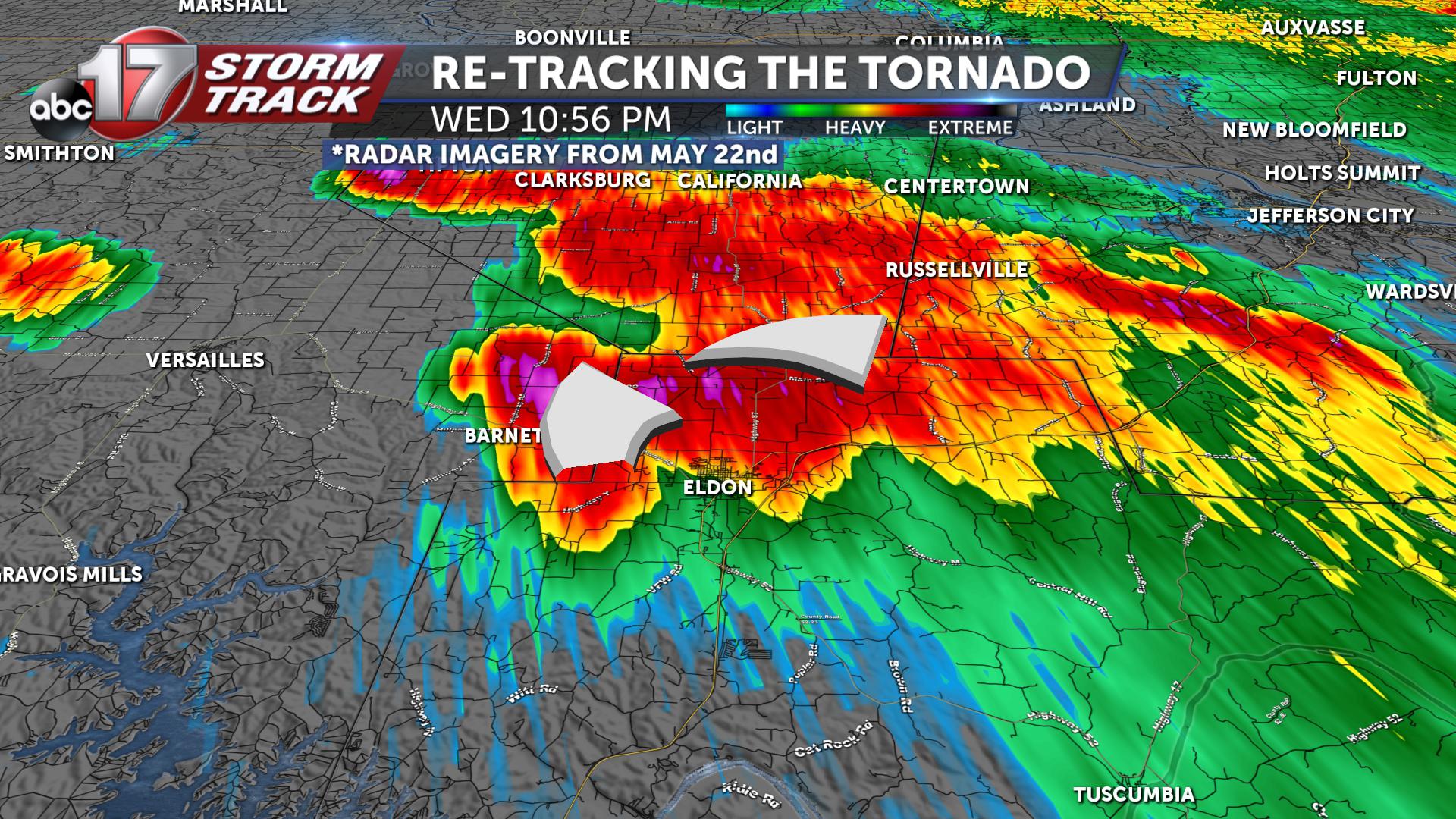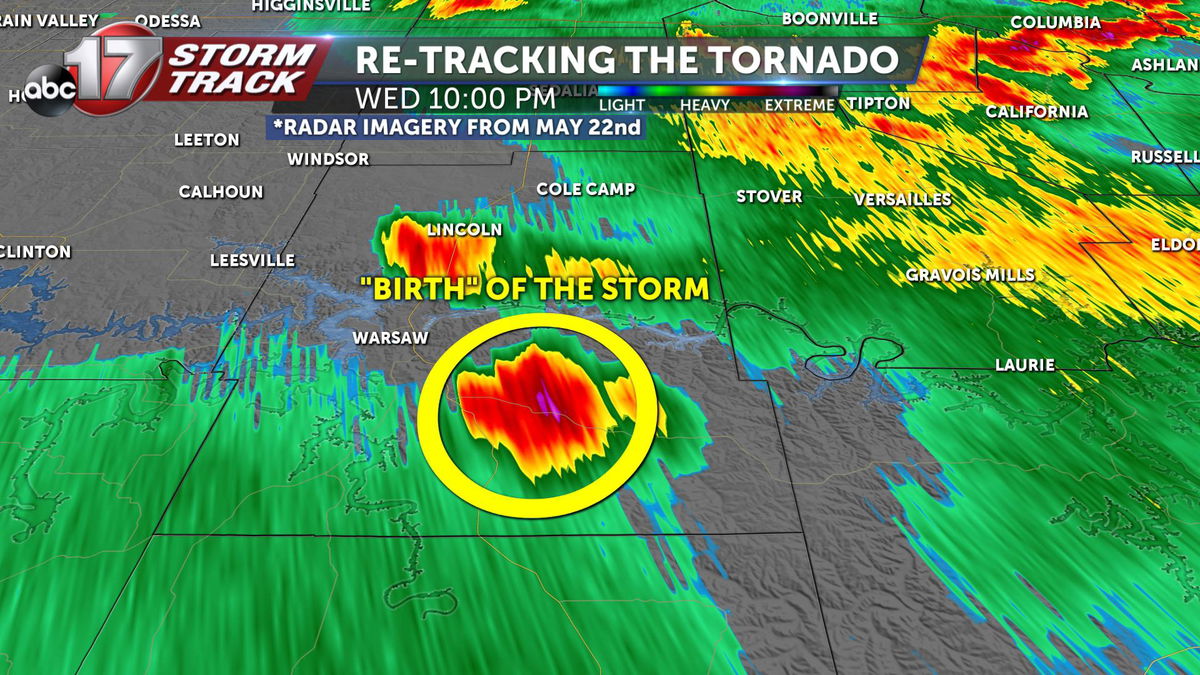Tornado Safety and Preparedness

Tornadoes, powerful and destructive forces of nature, can occur with little warning, posing a significant threat to communities. Understanding tornado types and implementing safety measures can enhance preparedness and minimize the risk of injury or damage.
Tornado Types and Characteristics
Tornadoes are classified into different types based on their appearance and behavior:
- Conical Tornadoes: The most common type, characterized by a narrow, cone-shaped funnel cloud that extends from the base of the thunderstorm cloud to the ground.
- Rope Tornadoes: Appear as a thin, rope-like column, often accompanied by a whistling or buzzing sound.
- Multiple-Vortex Tornadoes: Consist of two or more smaller tornadoes rotating around a central axis, creating a larger, more destructive vortex.
- Satellite Tornadoes: Smaller tornadoes that form in the vicinity of a larger, primary tornado.
Tornado Tracking and Monitoring: Tornado Tracker

In the relentless battle against the capricious nature of tornadoes, real-time tracking and monitoring systems stand as our unwavering allies. These systems empower us with up-to-the-minute tornado warnings and alerts, ensuring that communities have ample time to prepare and seek shelter. Interactive maps and visual representations of tornado paths and movement provide an invaluable window into the storm’s trajectory, allowing meteorologists and emergency responders to anticipate its path and issue timely warnings.
Weather Radar and Tornado Detection
Weather radar, a cornerstone of tornado detection, emits electromagnetic waves that bounce off objects in the atmosphere, including raindrops, hail, and tornado debris. By analyzing the echoes received, meteorologists can determine the location, size, and intensity of tornadoes. Doppler radar, an advanced variant, measures the speed and direction of wind currents, providing crucial information about the storm’s rotation and potential for destructive power.
Other technologies, such as lightning detection networks and satellite imagery, also play a vital role in tornado monitoring. Lightning strikes often precede tornadoes, and their detection can provide early warning of impending danger. Satellite imagery, on the other hand, offers a broad-scale view of storm systems, helping meteorologists track their movement and development over vast areas.
Tornado Impact and Recovery

Tornadoes, with their immense power and destructive force, can leave a trail of devastation in their wake. Understanding the potential damage caused by tornadoes and their impact on communities is crucial for effective disaster preparedness and recovery efforts. This section will delve into the various aspects of tornado impact and recovery, providing insights into the challenges and resources available.
The impact of tornadoes can be wide-ranging, affecting both the physical environment and human society. The sheer force of a tornado can cause severe damage to buildings, infrastructure, and natural landscapes. Homes and businesses can be reduced to rubble, while roads, bridges, and power lines can be destroyed, disrupting essential services and communication. The environmental impact of tornadoes can also be significant, with tornadoes uprooting trees, damaging crops, and altering ecosystems.
Disaster Relief and Recovery Efforts, Tornado tracker
In the aftermath of a tornado, immediate disaster relief efforts are essential to provide assistance to affected communities. This may involve providing shelter, food, water, medical care, and other essential supplies to survivors. Long-term recovery efforts are also crucial to help communities rebuild and recover from the devastation caused by a tornado. This may involve providing financial assistance, counseling services, and support for infrastructure repairs.
Environmental and Societal Implications
Tornadoes can have long-term environmental and societal implications. The destruction of trees and natural landscapes can lead to soil erosion, flooding, and changes in local ecosystems. Tornadoes can also disrupt social and economic activities, affecting businesses, schools, and community infrastructure. The psychological impact of tornadoes on survivors can be profound, leading to anxiety, depression, and post-traumatic stress disorder (PTSD).
Understanding the impact of tornadoes and their long-term effects is essential for developing effective disaster preparedness and recovery plans. By providing resources and support to affected communities, we can help them rebuild and recover from the devastation caused by these powerful storms.
With the tornado tracker, we can stay alert to the destructive forces of nature. Its real-time updates keep us informed of potential threats. And as we monitor the tracker, let’s not forget about the impact of hurricanes. Just yesterday, Hurricane Beryl made landfall, leaving a trail of destruction in its wake.
While the tornado tracker focuses on the Midwest, it’s a reminder that severe weather can strike anywhere. Stay vigilant, and keep an eye on both the tornado tracker and hurricane beryl now for the latest updates.
As a tornado tracker, I’m constantly monitoring weather patterns, keeping an eye on Louisville, Kentucky. The weather louisville ky is notoriously unpredictable, and I’m always prepared for the worst. It’s a constant dance with nature, a game of wits where every move could mean the difference between life and death.